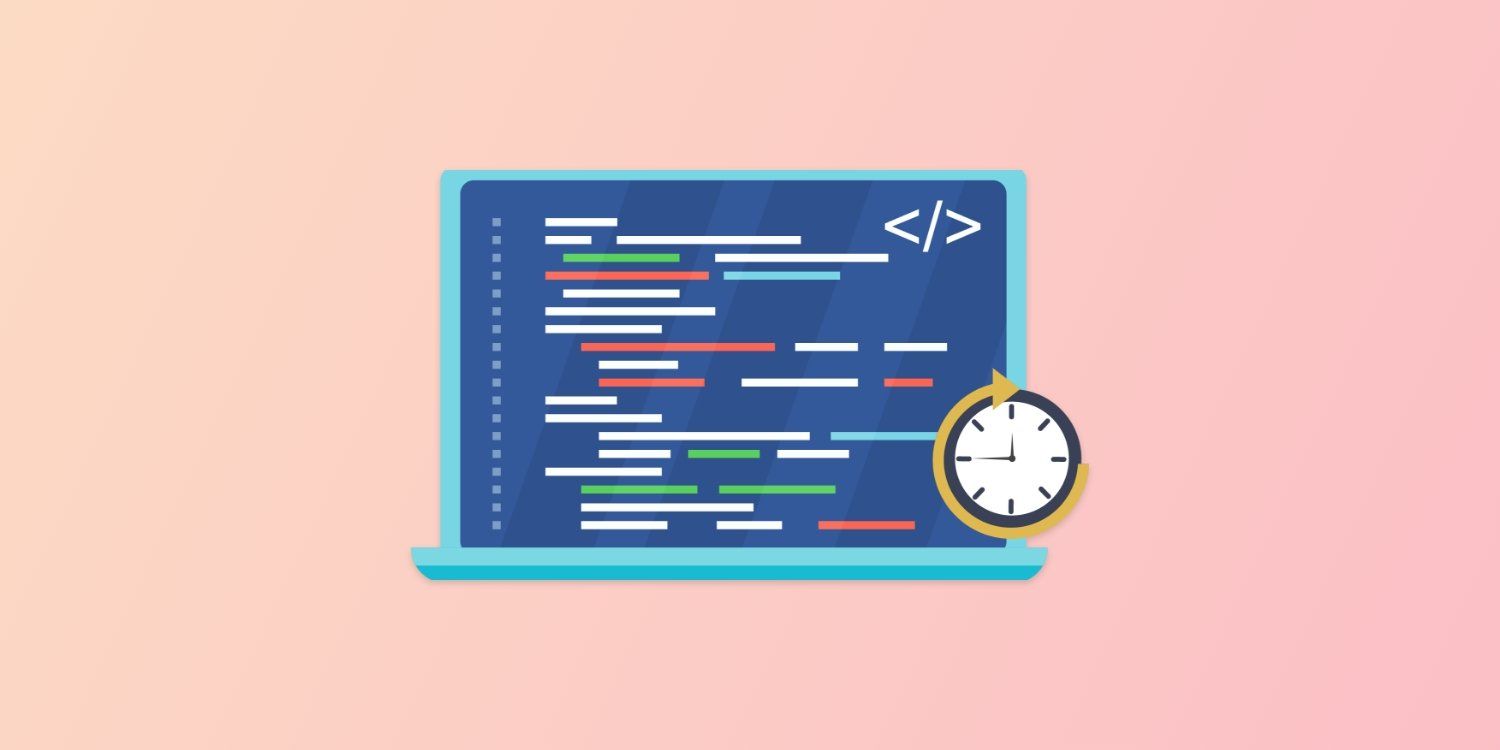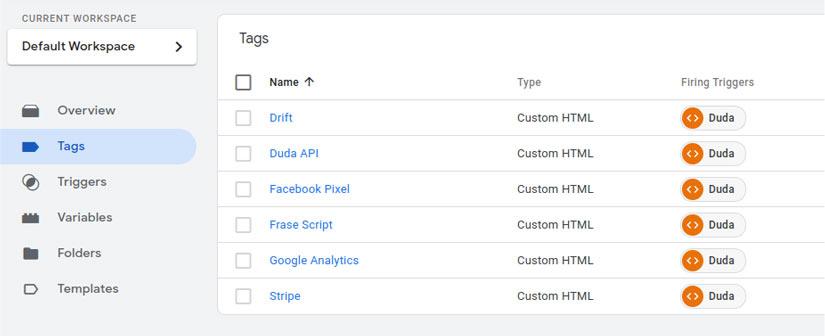With the planned introduction of
Core Web Vitals into its algorithm in June 2021, Google has made it clear to web professionals and site owners around the world that the search engine cares more than ever about the quality of user experiences on web pages.
One of the three Core Web Vitals metrics Google has released is called Largest Contentful Paint (LCP).
LCP is essentially a speed metric which measures how quickly a website’s largest block of text or image appears above the fold. A website’s largest contentful paint is one of the best indicators that the web page a user is trying to access is responding, so ideally you want an LCP time that is below 2.5 seconds.
In this post, we’ll take an in-depth look at Largest Contentful Paint and outline the best practices you need to know to optimize for this important Core Web Vital.
Quick Review: What Are Core Web Vitals?
Google’s Core Web Vitals metrics are all about a user’s page experience. At this time, the company has identified three Core Web Vitals: First Contentful Paint, Largest Contentful Paint, and Cumulative Layout Shift. The search giant has also made clear that more metrics may be added to Core Web Vitals in the future.
Here are quick overviews of each of the currentGoogle Core Web Vitals:
- Largest Contentful Paint (LCP) measures how fast a page loads. For a good user experience, sites should strive for an LCP within the first 2.5 seconds of the page starting to load.
- First Input Delay (FID) measures how fast the browser responds to the first interaction a user makes with a page. For a good user experience, pages should strive for an FID of less than 100 milliseconds.
- Cumulative Layout Shift (CLS) measures visual stability. This metric deals with the sum total of individual layout shift scores for all unexpected layout shifts that happened while the page was opening. Layout shifts happen whenever a visible element changes its position from one frame to the next. To provide a good user experience, sites should strive to have a CLS score of less than 0.1.
Best Practices for Largest Contentful Paint (LCP)
According to Google, Largest Contentful Paint (LCP) is a “user-centric metric for measuring
perceived load speed because it marks the point in the page load timeline when the page's main content has likely loaded—a fast LCP helps reassure the user that the page is useful.” In other words, it measures the time it takes for the largest image or text block to be visible in the viewport.
Below is the time range Google uses to issue LCP scores.
Google outlines the most common causes of a poor LCP score as:
- Slow resource load times
- Render-blocking JavaScript and CSS
- Slow server response times
Let’s look at all four causes of poor LCP scores, with an emphasis on resource load times.
1. How To Improve Slow Resource Load Times
Often, images are the largest elements in view when a web page is loading. The types of image layouts that commonly found above the fold include hero images, background images, image carousels and background image sliders.
Below are some ways to optimize images, which will greatly improve a website’s user experience and LCP score.
Optimize Images, Background Images & Video Sliders
Optimizing images can significantly improve web page load time and improve page experience. Resizing, using lower resolution images and modern file types, and even removing images when needed will improve the load times.
For example, on one website, resizing the hero image from 2000 pixel to 200 pixels decreased the LCP time by 3.7 seconds.
Likewise, removing a background slider decreased the LCP time by 1.4 seconds.
And removing a video slider decreased the LCP time by 1.5 seconds.
We're not saying you need to remove all of your images from above the fold to improve load times, but it's important to notice how big of an impact these images can have.
Protip: If your goal is to optimize a website for LCP, it's a good idea to avoid placing any kind of video above the fold.
Convert Images to New-Gen Formats
There are several modern file formats that enable web professionals to create smaller and richer images than ever before. One of the most common is WebP.
WebP images are smaller than JPEG and PNG files. According to Google, the reduction in size for an image converted to WebP could be as much as 25–34 percent. This format uses both lossless and lossy compression (a method of data compression in which the size of the file is reduced by eliminating selective data in the file) to achieve this decrease and improve loading times on the web.
However, WebP (and other file formats like JPEG XL) are not universally supported across all browsers. This means you need to ensure your website is able to serve up both traditional and modern file formats.
Important Note:
Websites built on Duda serve WebP images to all browsers that support them, which dramatically improves load times and LCP score.
Serve Responsive Images
To improve your LCP score, be sure to serve the appropriate image size for the device on which it will be viewed. As desktops screens are generally much larger than those found on mobile devices, desktop images usually require 2-4 times more data than mobile images. Resizing images per device type can be a tedious process, but it will pay dividends in the long run.
Important Note: All images loaded to Duda’s website builder go through an automatic resizing process, so every image that’s delivered on a website is automatically served in a device-appropriate size.
Use a Global CDN
CDNs are great at optimizing images. Amazon CloudFront is a popular CDN for websites offered by Amazon Web Services (AWS). Duda’s platform serves their images from AWS, which reduces their size and improves load times.
Protip: When working with a CDN, you want the file to come from a source that is as close as physically possible to the device on which the site is viewed.
Preload Important Resources
Some website elements like CSS and JavaScript files can be prioritized during loading, so it’s important to consider which files need to be loaded up front and which can be loaded later. Critical assets to preload include fonts, above-the fold images or videos, and important CSS or JavaScript.
Adaptive Serving
When loading resources that make up the main content of a page, it can be effective to conditionally fetch different content depending on the user's device. This method is called “adaptive serving.”
In fact, Duda websites use adaptive serving to deliver different content depending on the type of device the site is being viewed on. This means the mobile site may be totally different from the desktop.
Adaptive serving is especially helpful when it comes to loading content on mobile devices.
Cache Assets Using a Service Worker
Service workers can be used for many useful tasks, including serving smaller HTML responses. Upon repeat requests, they can also be used to cache any static resource served to the browser instead of from the network.
According to Google,
“…precaching critical resources as using a service worker can reduce their load times significantly, especially for users who reload the web page with a weaker connection (or even access it offline). Libraries like Workbox can make the process of updating precached assets easier than writing a custom service worker to handle this yourself.”
Protip: When compared to the other best practices for optimizing LCP scores, cashing assets using a service worker is a relatively low priority.
2. Eliminate Render-Blocking JavaScript and CSS
JavaScript or CSS is considered “blocking” when the browser needs to parse and execute CSS or JavaScript before it can render any content. Reducing the amount of time that the display is “blocked” may be accomplished by following the below best practices.
Minify CSS
Minifying CSS means removing spacing, indentation, and comments from the CSS files in order to make them as small as possible. This is similar to compressing the total file size.
Defer Non-Critical CSS
Any unnecessary CSS should be removed, and any CSS not needed for the initial rendering can be loaded asynchronously.
Use Inline Critical CSS
Inlining critical CSS will help the browser load pages more quickly by enabling it to load the most important files first.
Reduce JavaScript
Many websites today rely heavily on JavaScript, and this code is usually referenced in the <head> element. This prompts the browser to process/load these resources first, instead of prioritizing the most important content.
As we have seen, it is important to prioritize content above the fold. However, downloading and serving the minimal amount of JavaScript can be challenging. Google recommends minifying and compressing JavaScript files as well as deferring unused JavaScript.
One way to defer parsing of the JavaScript files is to delay loading of third-party scripts.
In the example below, we loaded the scripts in the Google Tag Manager instead of loading these scripts in the <head> section.
First, we loaded the scripts in the <head> section of the Duda website. As you can see in the times below, there is a 1.5 second increase in LCP when compared to a situation in which no scripts are loaded.
We then loaded the scripts using Google Tag Manager. For this you will need to have a Google Tag Manager account. If you don't have one yet,
follow this guide.
Loading scripts using the Google Tag Manager showed an increase of 0.5 seconds in LCP score.
And lastly, we used the Google Tag Manager load our scripts, which yielded a 4-second delay.
Protip: It’s best to avoid using Google Tag Manager as much as possible.
3. Select a Web Server With Low Server Response Times
Server response time is important for search engine optimization and for user experience as well. Some of the ways to improve server response time are listed below:
- Use a more powerful server (more RAM and CPU)
- Upgrade network equipment on the server
- Optimize the underlying code on your server to respond faster to inbound requests
Important Note: If you're using Duda to build websites, all of these issues are handled by our team and you don't have to worry about them.
Summing Up...
It’s good that Google is using its unmatched influence to push web professionals around the world to improve user experiences on web pages. While measuring up to these new Google standards can take quite a bit of technical knowledge and effort, it can be done.
And if you’re using Duda to build websites, you’re in luck! Many of these optimizations and best practices are handled entirely by the Duda’s web development experts. All you need to do is kick back and keep building sites that are on the cutting edge of the web design industry.















